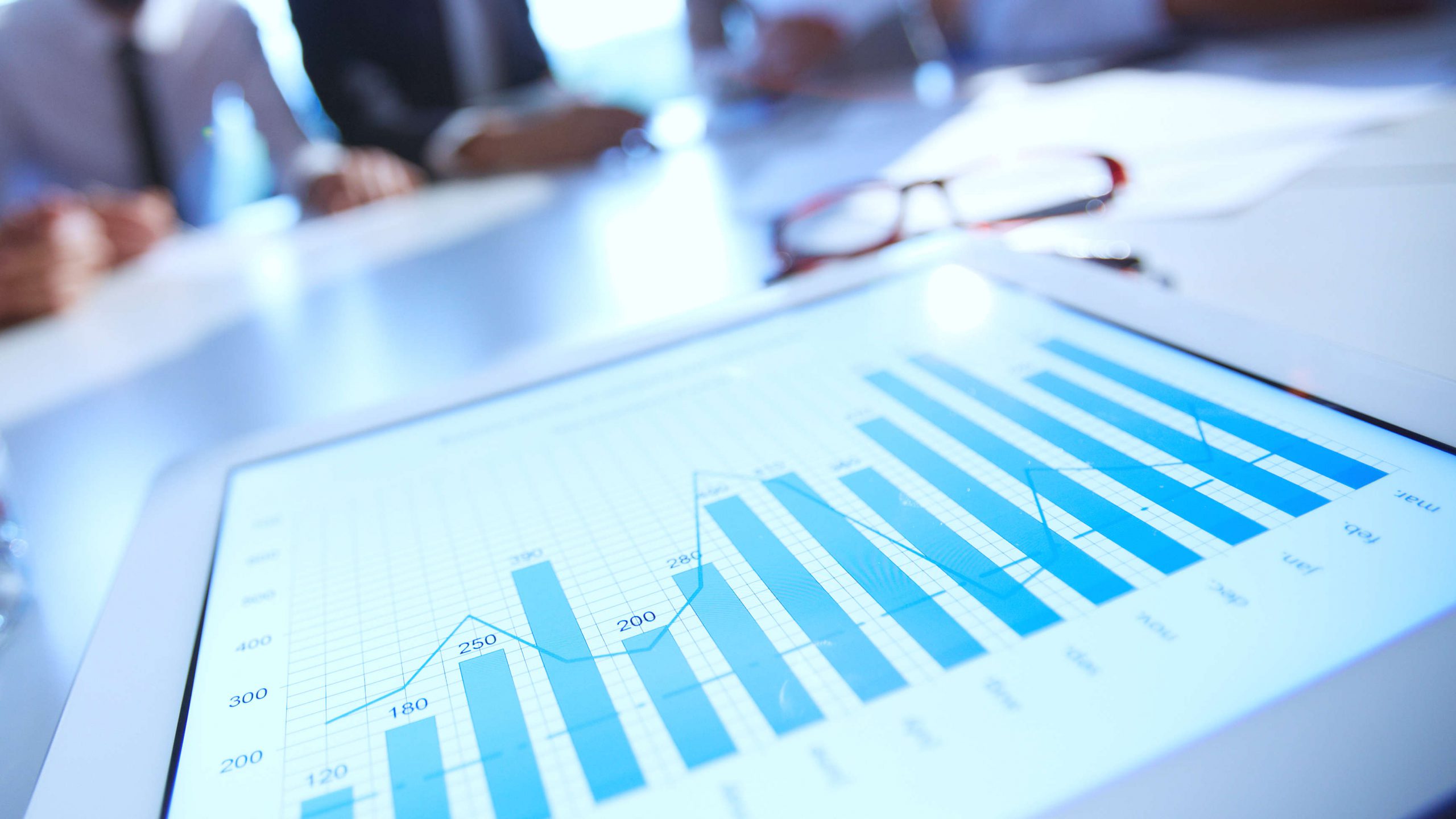The quality system is a fundamental part of pharmacovigilance and is usually in charge of the quality assurance department. How to manage it if there isn’t a dedicated staff? Dr. Marika Ciappa, Patient Safety & GVP Quality Lead of AstraZeneca Italia, spoke about it at the AFI “Pharmacovigilance and Quality Session” webinar, who shared the pharmacovigilance quality processes followed in her company reality.
The doctor explains that, in the Italian branch of AstraZeneca, there isn’t a real department dedicated to Quality Assurance, but all the quality processes are divided into the various functions of Good Pharmacovigilance Practice, Good Regulatory Practice, Good Clinical Practice, Good Manufacturing Practice and Good Distribution Practice. Together they contribute to consistently document the Quality Management System used to meet quality and compliance requirements and ensure continued product and process suitability.
Here’s how the process monitoring works.
Compliance with regulations
The normative references of the quality of pharmacovigilance are the European regulations and directives, which define the necessary requirements in a more practical way, and the GVP, more precisely in module I. Here the quality in the context of pharmacovigilance is defined as the set of all the characteristics of the system dedicated to producing results relevant to the objectives of pharmacovigilance themselves.
Quality can and must be measurable, a fundamental requirement to understand if the quality level has been achieved. The quality system must be detailed in a manual that defines the policies and procedures to ensure compliance with the requirements. Compliance must be monitored and can be done through KPIs (Key Performance Indicators).
Monitoring of the compliance of the Quality System
An essential element of a quality system applied to pharmacovigilance is the compliance; for its maintenance, there are some elements that cannot be missing:
- Procedural system of SOP / WI: Operating instructions that detail the development of the process in-depth
- Quality Manual of a subsidiary: in general or only for pharmacovigilance
- Definition of roles and functions, above all of the staff belonging to the quality system
- Training of staff related to the quality system
- Management of external providers
- Internal and external audit plan
- Management of deviations and/non-compliance complaints
- Process measurement through KPIs.
Quality: KPI analyses
The KPIs are recognized by GVP, Module I and by the implementing regulations of the European Commission, as valid measures for evaluating the processes of pharmacovigilance activity.
KPIs have several classifications:
- General indicators: measure the volume of the process. An example is the volume of cases sent to the parent company or to the authority
- Quality indicators: evaluate the quality of the process output based on certain standards. For example the relationship with an output or customer satisfaction model
- Cost indicators: they measure the resources consumed to arrive at a certain result
- Service or time indicators: they measure the response time from the start of the process to its conclusion. An example is a medical information: a time KPI can analyze the average response time to requests.
The choice of KPIs must be carried out scrupulously, for this it is necessary:
- Define pharmacovigilance processes and related requirements
- Determine variations and adjust processes to meet goals
- Equip yourself with all the tools useful for qualitative and quantitative measurements of the results that allow you to do the collection and analysis in pre-established times
- Reassess the indicators and possibly change them in case of new needs.
Quality: performance measurement
KPIs can be useful for measuring different types of performance. The doctor gives some examples:
- Monthly monitoring (Quality control) of local processes: a few years ago an OPI (Local Operational Instruction) was introduced, to ensure that company processes with an impact on Pharmacovigilance are managed in compliance with quality standards, regulations, SOPs global and local and the quality manual. It takes place through the compilation of documents such as proceduralism Excel tables and sheets by the pharmacovigilance team and reviewed by the Function Manager and the GVP Quality Lead. An example is the sending of periodic reports to the Authority or reports with license partners. The OPI must be updated at least once a year.
- Monitoring of KPIs by the parent company: set at the beginning of the year by the parent company, they are subject to monthly review by all quality leads, who will eventually be able to define some corrective/preventive measures. The control takes place annually through a checklist.
- Upper management monitoring: quarterly meetings in which the Quality System and KPIs are analyzed. In particular, the status of risks and improvements in the quality system, the status of deviations, internal and external audits, complaints, adverse events and AOB (Any Other Business) are monitored, such as the continuity of the company business during the pandemic. On the other hand, the General Manager, the Quality Leads and the Senior Management Team meet annually for the analysis of progress and trends and for the drafting of the formal plan for the annual improvement of the quality system which contains the achievement of the key objectives of GxP, the GxP main problems and challenges, improvements and projects for the following year, its summary and conclusions
Conclusion
In conclusion – continues the doctor – the measurement of processes is the beating heart of the Quality System; the use of KPIs allows the realization of the quality cycle and therefore the continuous updating of the system itself.
The constancy of the monitoring and analysis of processes must be a Must Have for an affiliate to ensure compliance with the requirements of a System.







